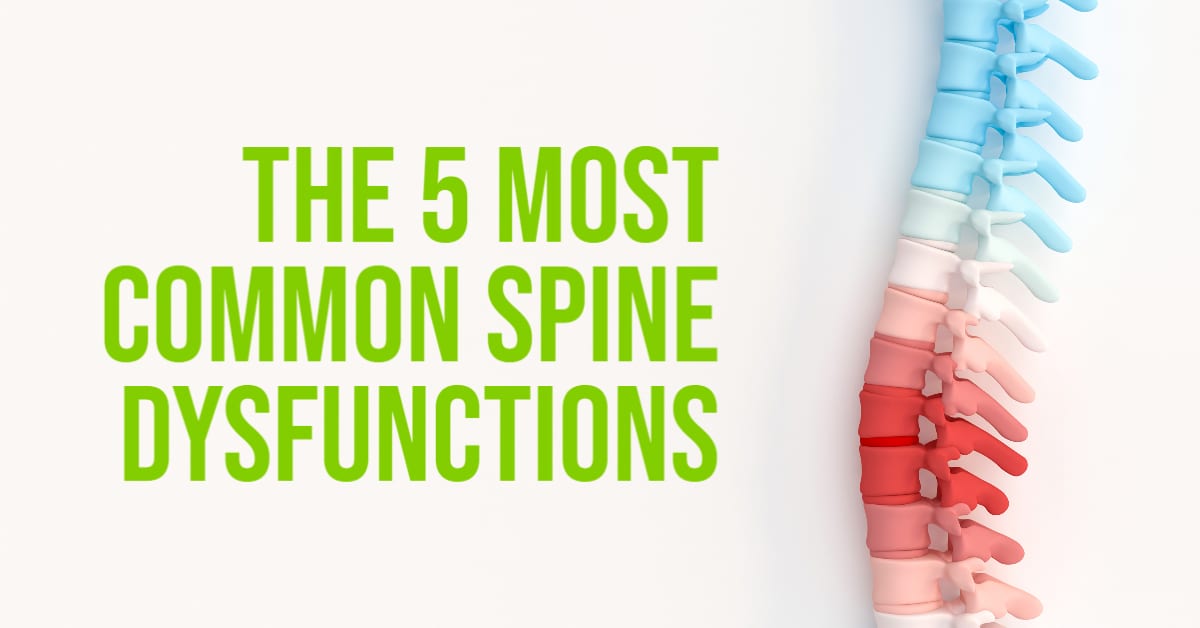Spine Dysfunctions
In our previous article, we discussed the basic spine anatomy and function of the spine.
If you're having back pain – or any spine related issue – then it's important to have an understanding of the anatomy and function of the spine, so you can narrow down what might be happening.
In fact, most of the problems that lead to back pain and disability have little to do with disease.
That is not to say that cancer, organ failure, diabetes, and a host of other diseases are not the origin of back pain; but they account for the minority of spine problems.
By far, the majority of troubles spanning from the neck to the lower back are mechanical and directly related to BEHAVIOR.
By behavior I mean the way you carry yourself (bad posture) and the repetitive and sustained stresses of daily life and/or sports.
When these stresses occur consistently or at a frequency and threshold that the spine cannot tolerate, the result is microtrauma to its soft tissue structures (discs, ligaments, cartilage).
Weakening of these soft tissues that function to hold and connect the spine bones further weaken it and lead to more and more problems.
For most of the conditions I'm about to discuss, behavioral change and exercise are the best treatment options out there. T
Let’s now move on and discuss some of the most common spine dysfunctions and how they occur.
Disc Bulges and Protrusions
One of the most common concerns with back pain is whether or not we've injured our discs.
Remember, the spinal discs are shock absorbers sandwiched between the bones that make up our spine and contribute to its flexibility.
They are a typical source of back pain and perhaps more than any other spine structure are susceptible to the wear and tear of daily life.
That said, a disc bulge or protrusion, while painful, is not the same as a disc herniation or tear.
Disc bulges and protrusions are more like sprained ankles. They hurt like heck, but they certainly do not require surgery to fix them.
Basically, a disc bulge is the swelling and inflammation of irritated and injured discs. In other words, the inner disc gel leaks.
As the disc swells, the inside part of the disc pushes the outside, which is loaded with sensory nerve endings, and it becomes a source of pain.
The severity of symptoms can vary and depend on which levels of the spine are affected (neck, mid, or lower back) and the size of the bulge.
They range from generalized stiffness and spasms, especially in the morning or after prolonged sitting, to localized neck or low back pain.
In instances where the bulge is large enough to encroach into the spinal canal or foramina (nerve exit holes) they may compress or irritate the peripheral nerve roots.
Symptoms can progress to include radiating pain down the arm or leg (sciatica), numbness and tingling in the limbs, and in extreme conditions muscle weakness.
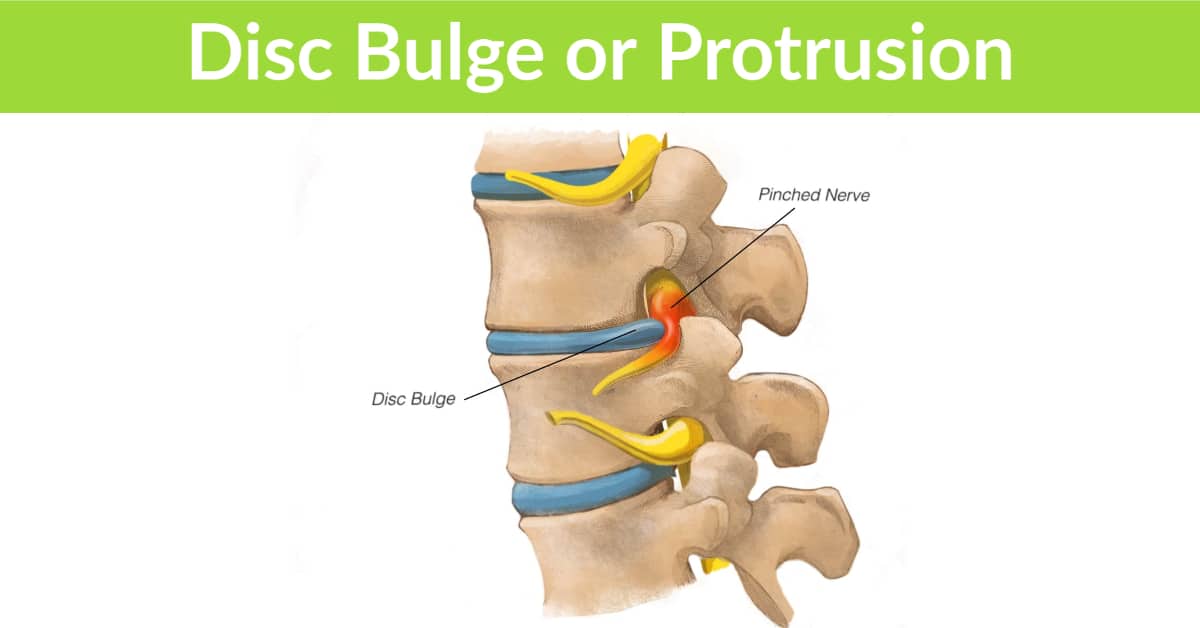
Disc Herniation (Tears)
Unlike a disc protrusion or bulge, a disc herniation is when the actual disc tears. In this case, the disc’s outer ring layers rupture, causing the contents of the inner gel and fragments to push outward into the spinal canal.
Herniated discs most likely begin as bulges and gradually wear down and weaken until the outer wall finally tears.
Many people will say that they have a slipped disc, although the term is somewhat misleading because the disc does not ever slip out of position. This also means that a single chiropractic adjustment will not miraculously slip it back in!
When a herniation occurs, only a small area of the disc cracks or tears, allowing fragments of the inside to escape through the tear.
When the contents of the disc spill over into the spinal cord, they can then migrate into other locations including the exiting peripheral nerve roots.
These nerve roots exit through small holes (foramina) that get even smaller when they are filled with the disc fragments.
The resulting pressure created on the nerve root constitutes a nerve impingement or what is more commonly called a pinched nerve.
Nerves do not tolerate compression very well, and if the pressure becomes too great or is sustained for too long they will eventually be damaged.
Symptoms of nerve damage include sensations down the arms or legs such as radiating pain, tingling, numbness, and muscle weakness.
Pain can also be intensified as the nerve root is exposed to the toxic acid contents of the discs inner gel as well as the inflammatory chemicals produced by the damaged disc.
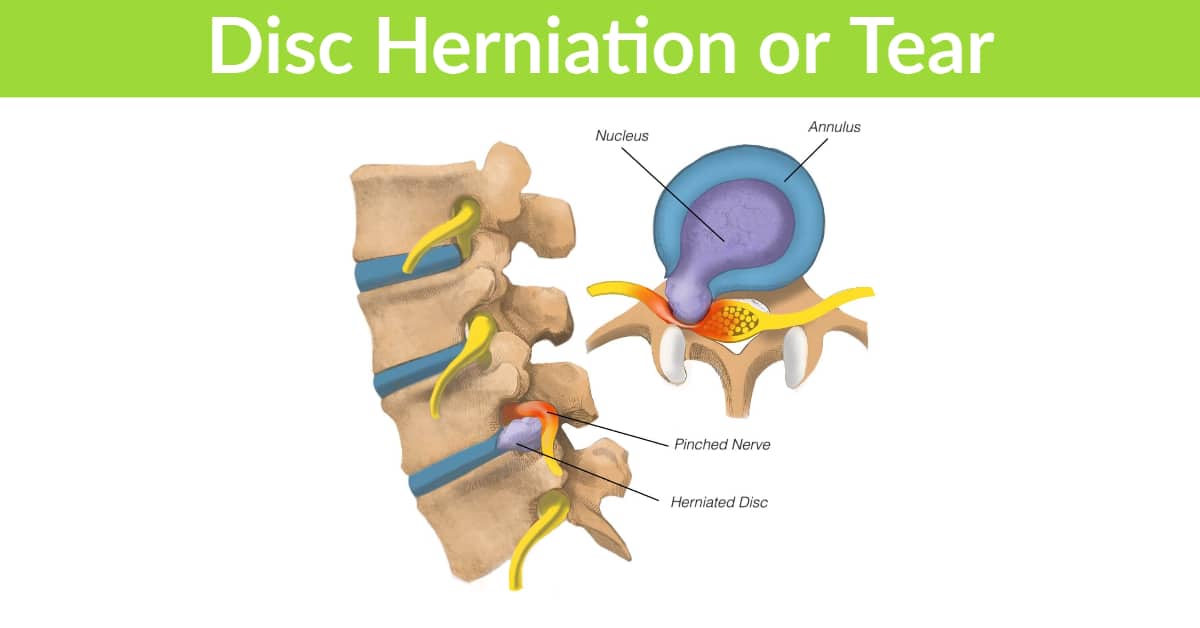
Spine Arthritis (Spondylosis)
Spondylosis, also known as spinal osteoarthritis, is a general term to describe degenerative conditions of the spine.
Spine arthritis or osteoarthritis should not be confused with the autoimmune condition Rheumatoid Arthritis.
Similar to any form of arthritis seen in aging knees or hips, the spine with all its joints, cartilage, ligaments, and bones can wear down, resulting in chronic pain and stiffness.
Certainly, the amount of arthritis someone develops comes down to how they have cared for their body over the course of their life.
Spondylosis can occur in any region of the spine but is most common in the neck and lower back and easily detected via xray analysis.
Flattening of the spinal curves and decreased mobility are also commonly found.
It's also important to recognize that a person at any age can have spondylosis or spine arthritis. About 14 percent of Americans ages 25 and older have been diagnosed with osteoarthritis, according to the CDC, compared with more than 33 percent of those ages 65 and older.
Pain can vary greatly from person to person and can occur after periods of prolonged inactivity or during times of high activity.
Symptoms such as intensified pain when moving the spine in a particular direction (flexing or extending) give clues to the spinal structures affected as well as the severity of the deterioration. S
pondylosis is influenced by any condition that places excessive pressure on the spine. Listed below are a few common causes that can accelerate its progression.
- Poor posture (slouching)
- Bad body mechanics in daily living (rounding the lower back when lifting)
- Bad body mechanics in sports (high-velocity twisting the lower spine; golf or tennis)
- Injuries that damage ligaments (whiplash)
- Overweight, poor nutrition, excessive alcohol
- Genetic spine abnormalities
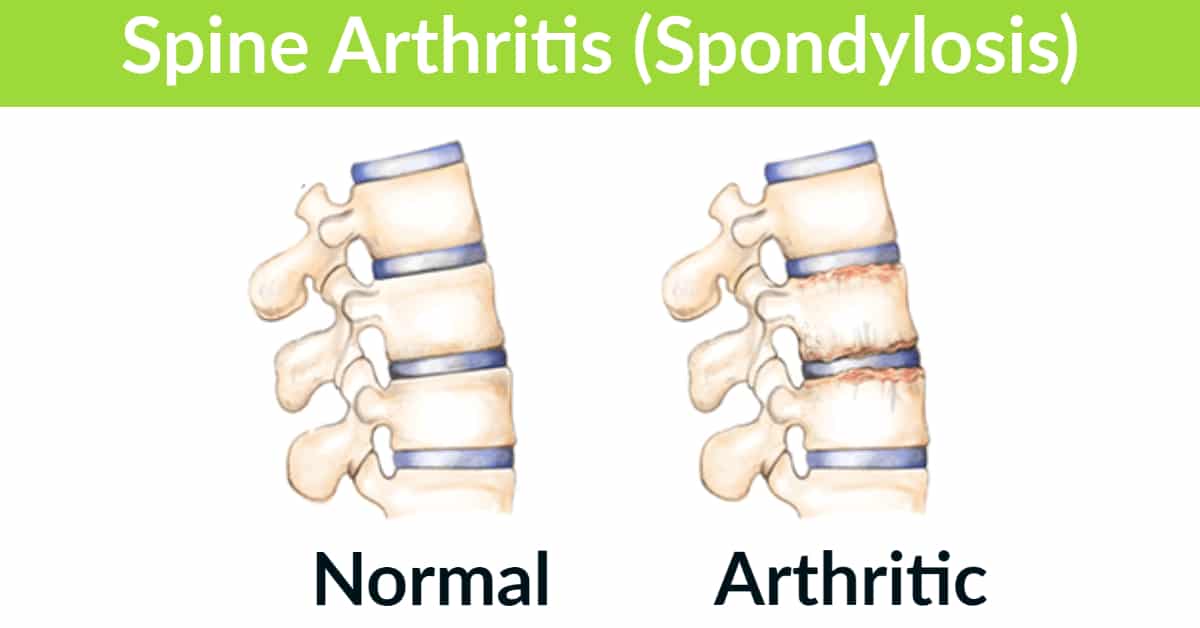
Degenerative Disc Disease
Spondylosis (spine arthritis) is a degenerative condition that can also affect the intervertebral discs and facet joints.
When the discs are affected the process is referred to as degenerative disc disease. As people age, the forces of gravity and muscle contractions continue to press the vertebrae together and compress the discs.
Years and years of pressure dehydrate the discs and they begin to shrink and wear down.
In this degenerative condition the discs’ ability to absorb shock is compromised.
Unfortunately, when one part of the spine deteriorates, it directly affects other nearby regions.
Hence, as you lose disc height and function, the vertebral facet joints take on more of your body weight.
Because these joints are constantly involved with spine motion, they commonly wear down, especially when they begin to take on additional body weight loads that were once the job of the discs.
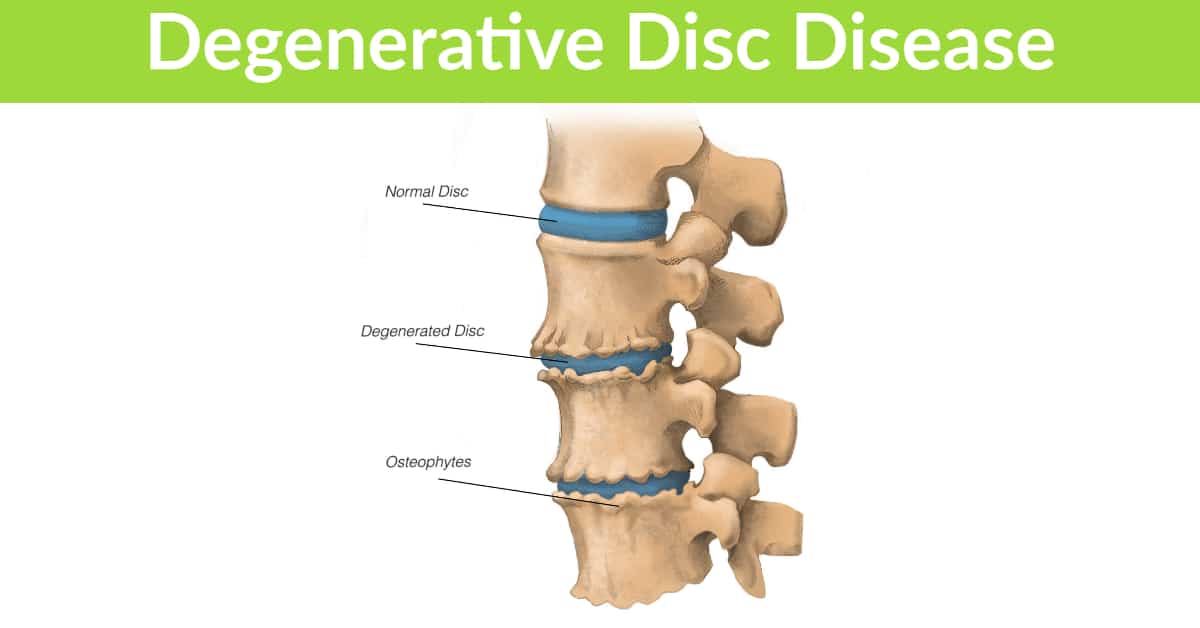
Facet Joint Syndrome (Arthritis)
Facet joint syndrome, otherwise known as facet joint osteoarthritis occurs when the cartilage joint surface wears down and reactive bone formation begins to produce an overgrowth of bone spurs (osteophytes) and an enlargement of the joint.
These structural changes, as well as the arthritis-induced joint inflammation, often result in pain with spine motion.
The neck and low back are the most areas often affected because of their larger ranges of motion.
Symptoms in the neck include pain and stiffness, headaches, and referred pain into the shoulder girdle.
People affected in the lower back may experience pain and stiffness, referred pain to the buttocks and thighs, and pain with movements, especially attempting to stand up straight.
Reflex muscle spasms further add to the pain and can cause all types of contorted spine positions, including tilts to one side or the other.
It’s a perpetual negative cycle.
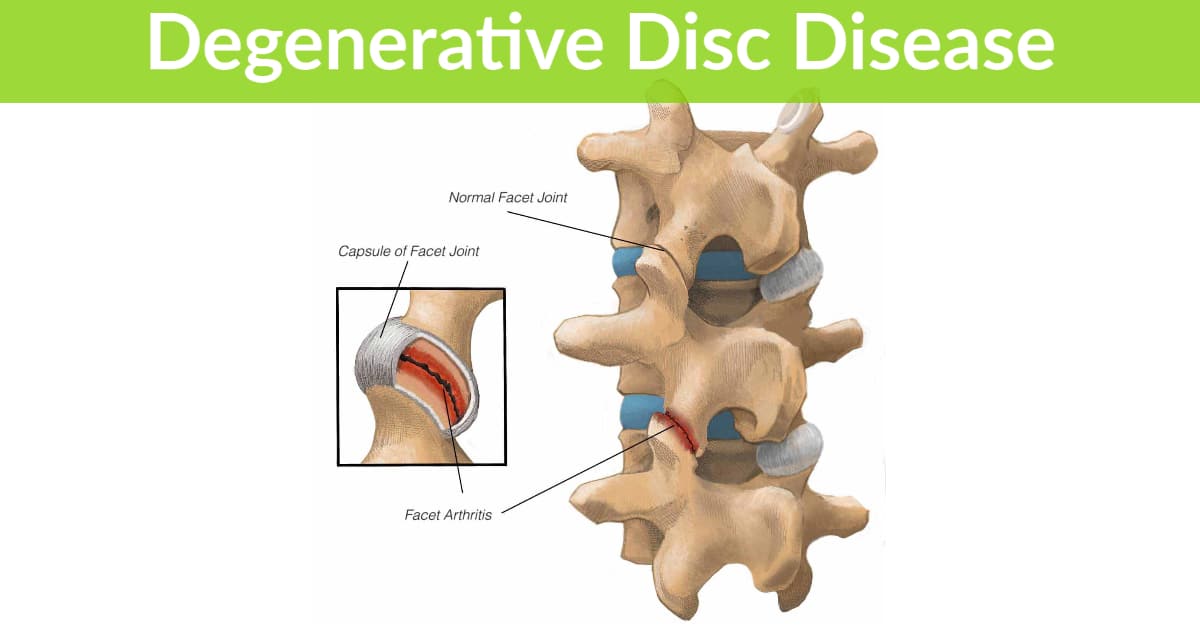
What to Do About Spine Dysfunctions
Most people are surprised to hear that most of our spine dysfunctions can be corrected with a combination of posture restoration, corrective exercise and strength training.
Think about a suspension bridge or the wheels of your car. Each relies on equal amounts of tension and strength in the cables or vehicle suspension for the entire structure to be supported properly.
If your car's suspension is off, or the cables becomes weak, the tires and cables will be forced to deal with abnormal load and stress.
This may work for a while, but eventually that wheel or bridge will break down and collapse.
The same is true for your spine which, for the purposes of this analogy, is the bridge or center of the wheel with the muscles, ligaments and tendons of your body being the suspension or cables.
All of the muscles that support your spine, namely those that make up the core and buttocks, need to have nearly equal strength, tone and endurance to work together as a unit and effectively support and protect the spine.
If one of those muscle groups isn’t as strong as the rest, the other muscle groups must bear an extra load.
This immediately causes muscle spasms and tightness in healthy muscles now under extra strain which, in turn, causes pain.
This can be very confusing to sufferers because it’s often the uninjured muscles that hurt.
The long term consequences are much worse. After years of this asymmetrical stress and strain, more serious conditions such as disc bulges, disc hernations, bone spurs and more will develop.
I can’t tell you how many patients I see in my clinic who had very strong abs and weak lateral core muscles (those on the side). Often those strong abs caused more load to be put through the spine than if all the core muscles equally weak.
BALANCE IS KEY
The purpose of chiropractic adjustments are to ensure smooth motion and movement of your spinal joints and the purpose of corrective exercise is to rebuild and re-balance the muscles in your core and buttocks while training you to move in healthy ways.
Change comes with commitment and consistency.

